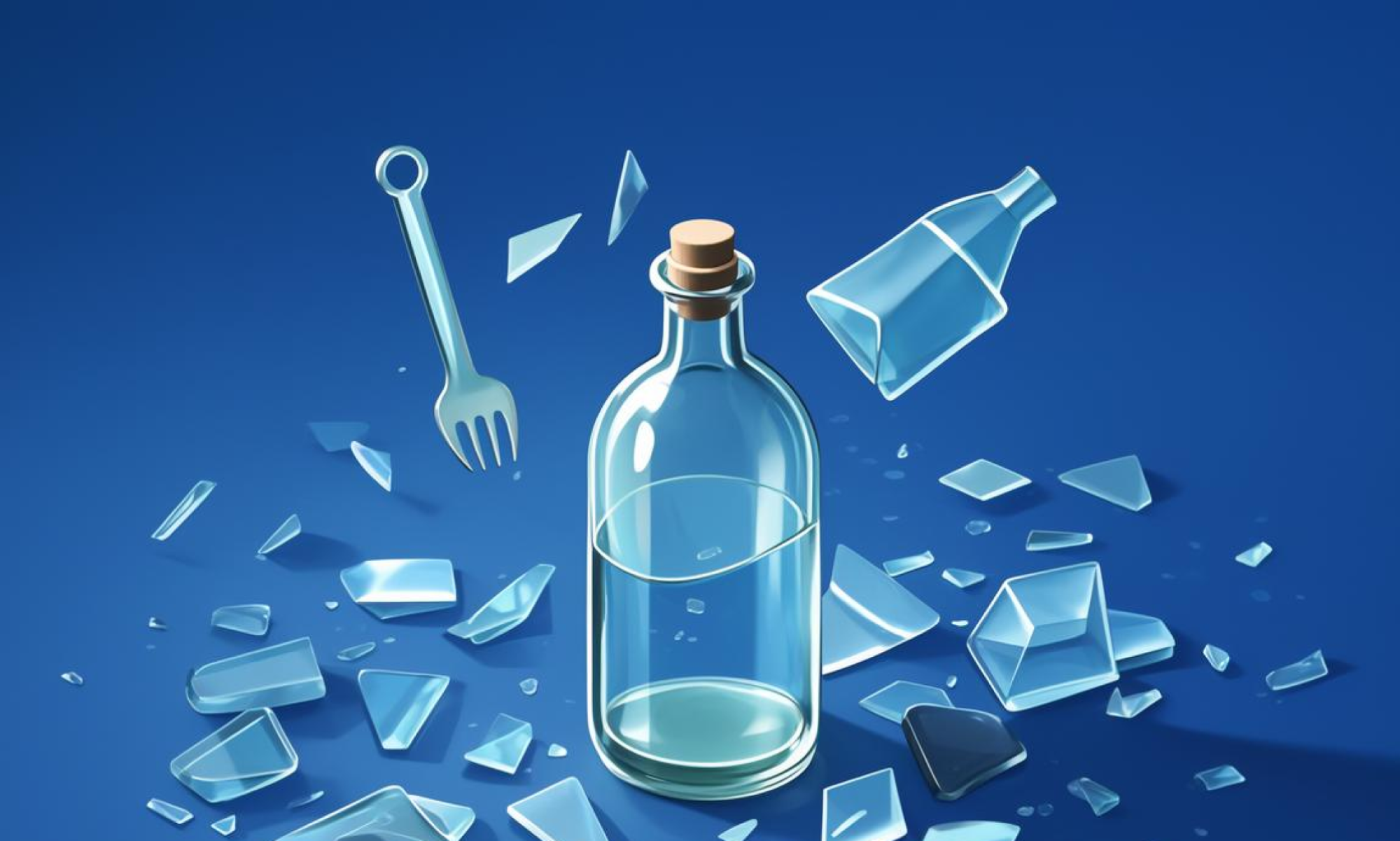In the global packaging industry, glass bottles have always held an important position due to their environmental friendliness, durability, and recyclability. As the world’s largest producer of glass bottles, China’s competitiveness in this field is not only reflected in its scale advantage, but also in technological innovation, industrial chain integration, and flexible response to international trade challenges. The following analyzes the global competitiveness of China’s glass bottle industry from multiple dimensions and explores future opportunities.
1、 Scale and Market Position: The Core Role of Global Supply Chain
The annual output of China’s glass container industry accounts for nearly 40% of the global total, and the market size is expected to exceed 500 billion yuan by 2025, with a compound annual growth rate of 5%. From beer bottles, cosmetics bottles to medicinal glass bottles, the production capacity of Chinese enterprises covers all categories, and their export markets cover developed countries such as the United States, Australia, and Canada, accounting for nearly 30% of the global market share. For example, companies such as Yuncheng County Jinpeng Glass Co., Ltd. have successfully exported their products to the European and American markets through customized services, with a market share of up to 27% in the United States.
Key advantages:
Large scale production: Leading enterprises such as China Yaohua Glass, Shandong Jinjing Technology, Xuzhou Gaochi Glass, etc. achieve high efficiency and low cost through automated production lines.
Export flexibility: Faced with the US anti-dumping duty of up to 218.15%, some companies have broken through barriers and restored market competitiveness through Southeast Asian transit trade (such as changing containers in Malaysia and applying for certificates of origin).
2、 Technological Innovation: A Leap from “Manufacturing” to “Intelligent Manufacturing”
The Chinese glass bottle industry is upgrading from traditional manufacturing to high value-added fields. Taking Kaisheng Junheng as an example, it has overcome the neutral borosilicate glass tube technology, broken the international monopoly, reduced the global market price from 20000 yuan/ton to less than 10000 yuan, and is widely used in high-precision fields such as vaccine bottles. In addition, innovative technologies such as lightweight design and heat-resistant glass have significantly improved product performance, meeting the demands of the high-end market.
Technical highlights:
Environmental protection process: The popularization of float glass technology reduces energy consumption by 15% and carbon emissions by 80%.
Intelligent upgrade: Some enterprises have introduced IoT technology to optimize production processes and achieve full digital management from order to delivery.
3、 Industrial chain advantage: full chain collaboration from raw materials to terminals
The competitiveness of China’s glass bottle industry cannot be separated from a complete industrial chain support:
Upstream raw materials are abundant: the global supply of raw materials such as soda ash and quartz sand accounts for nearly 40%, with significant cost advantages.
Midstream manufacturing efficiency: Industrial clusters such as Shandong and Guangdong have formed economies of scale, with Shandong Huaxing Glass having an annual production capacity of 15 billion pieces.
Widely used downstream: The demand for food and beverage, cosmetics, pharmaceuticals and other industries is steadily increasing, and high-end wine bottles and customized packaging have become new growth points.
Case: Chongqing Jiuhui Glass successfully maintained order stability under anti-dumping pressure by cooperating with American customers to provide “one-stop” services from design to production.
4、 Dealing with Trade Barriers: Flexible Strategies and Global Layout
In recent years, the intensification of international trade frictions (such as the US imposing a 218.15% tariff on Chinese glass wine bottles) has forced Chinese companies to explore new paths:
Transit trade: Avoiding high tariffs through Southeast Asian transit stations. For example, a company in Shandong increased its export value by 30% in half a year after changing containers in Malaysia.
Market diversification: expand countries along the “the Belt and Road” and reduce dependence on the single market.
5、 Environmental Protection and Sustainable Development: The Key to Winning the Future
The environmental friendliness of glass bottles is one of their core competitiveness. The green practices of Chinese enterprises include:
Circular economy: The glass recycling rate exceeds 90%, far higher than plastic packaging.
Policy driven: The country promotes the goal of “carbon neutrality” and encourages enterprises to adopt clean energy and energy-saving technologies.
Future outlook: Customization and high-end leading growth
With the upgrading of global consumption, the demand for customized glass bottles has surged. Chinese factories are becoming the preferred partners for international brands due to their flexible production lines (such as small batch rapid prototyping) and design capabilities. For example, customized orders for high-end cosmetics bottles and limited edition wine bottles have an average annual growth rate of 20%.
conclusion
The competitiveness of China’s glass bottle industry lies in its scale, innovation, and resilience. Faced with trade barriers, enterprises break through with transit trade; Facing technological bottlenecks, break through with independent research and development; Facing the trend of environmental protection, leading the future with green production. As a core participant in the global supply chain, Chinese factories will continue to empower global brands with high-quality and flexible services, and write a new chapter of “Chinese intelligent manufacturing in glass bottles”.
About Us
Starglassbottle.com has been rooted in the Chinese glass bottle industry for over ten years, focusing on customized and wholesale services, providing one-stop solutions from design, production to export. Whether it’s a transit solution to avoid trade barriers or an innovative demand for high-end customization, we help our clients expand globally with our professional capabilities. Contact us immediately for exclusive competitive solutions!
